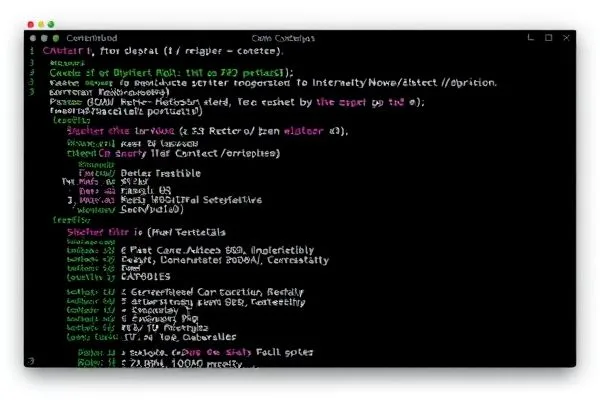As the digitization of operations accelerates, organizations are increasingly susceptible to cyber threats. This article delves into the essential strategies that organizations must adopt to fortify their cybersecurity posture, ensuring resilience against evolving threats and regulatory demands.
Key Strategies for Effective Cybersecurity Management
Comprehensive cybersecurity management begins with a robust risk assessment framework. Organizations need to identify vulnerabilities within their environments and establish a thorough understanding of their threat landscape. This involves:
- Identifying Assets: Cataloging all digital assets, including hardware, software, and sensitive data.
- Assessing Vulnerabilities: Conducting regular vulnerability assessments to recognize weaknesses that could be exploited by malicious actors.
- Understanding Threats: Staying abreast of current threat intelligence, including emerging attack vectors and techniques.
Once this foundational understanding is established, organizations should develop a comprehensive cybersecurity policy. This policy should outline the protocols for incident detection, response, and recovery. A well-defined policy not only reinforces accountability but also empowers employees through education on best practices.
Implementing Advanced Security Technologies
Integrating advanced security technologies is paramount in today’s threat environment. Firewalls, intrusion detection systems, and endpoint protection solutions serve as the first line of defense. Furthermore, organizations should consider the adoption of:
- Artificial Intelligence: AI-driven solutions can analyze patterns to detect anomalies and respond to threats in real-time, significantly enhancing threat detection capabilities.
- Zero Trust Architecture: This approach assumes that threats could originate from both outside and within the network, enforcing strict access controls and continuous verification of user authenticity.
- Regular Security Audits: Conducting audits of security protocols ensures that regulatory compliance is met and that security measures adapt to evolving threats.
Ultimately, the efficacy of these technologies lies in continuous monitoring and adaptive response strategies, ensuring organizations can rapidly address breaches should they occur.
Conclusion
As cyber threats continue to evolve, organizations must prioritize their cybersecurity strategies, focusing on rigorous risk assessments and the implementation of advanced technologies. By creating comprehensive policies and leveraging innovative solutions, businesses can better protect their digital assets and ensure long-term resilience against cyberattacks.
Takeaways
- Conduct thorough risk assessments to understand the organization’s threat landscape.
- Implement advanced security technologies, including AI and zero trust frameworks.
- Establish clear cybersecurity policies and engage employees in security awareness training.
FAQ
What is the Zero Trust security model?
The Zero Trust model is a cybersecurity framework that requires strict verification for anyone attempting to access resources, regardless of their location within or outside the network.
How often should organizations conduct security audits?
Organizations should conduct security audits at least annually, though more frequent audits may be necessary depending on the regulatory environment and the sensitivity of the data involved.
What role does employee training play in cybersecurity?
Employee training is crucial for cybersecurity as it helps create a culture of security awareness, enabling staff to identify and respond to potential threats effectively.
Why is threat intelligence important for organizations?
Threat intelligence provides organizations with insights into current threat landscapes, allowing them to adapt their security measures proactively to mitigate risks.
For further information on improving your cybersecurity strategy, visit Cybersecurity Guide.









